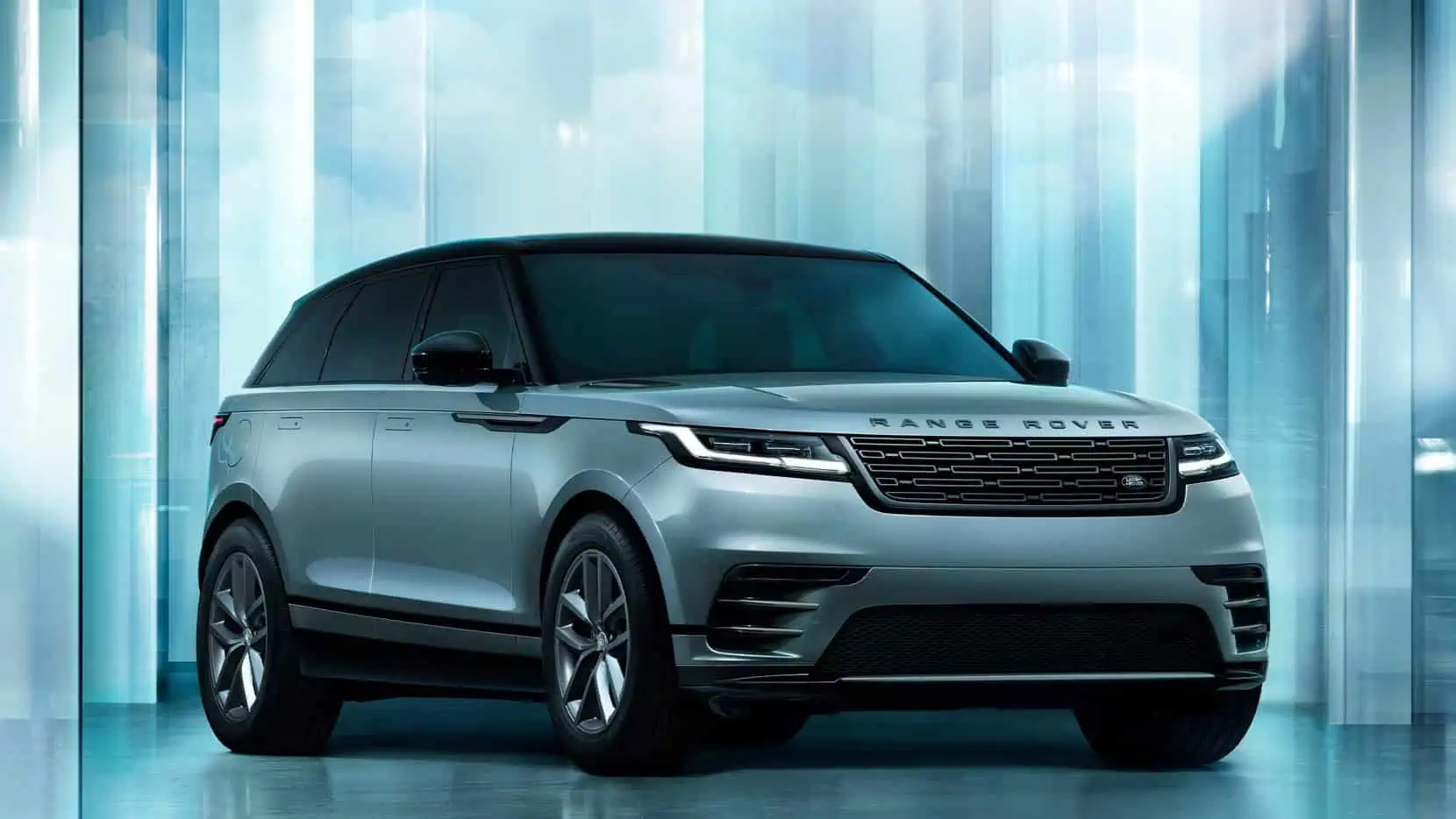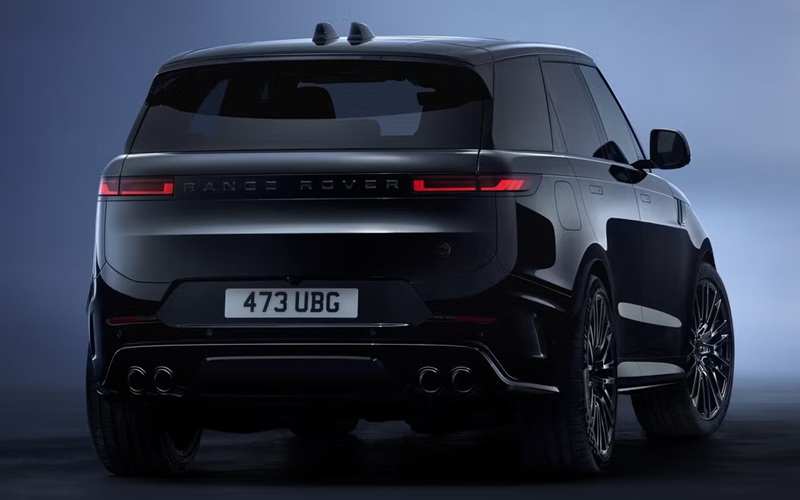The Range Rover Velar hybrid introduces a sophisticated braking system that represents a significant evolution in the brand’s approach to energy efficiency and vehicle dynamics. This premium mid-size SUV combines traditional hydraulic braking components with advanced regenerative technology to deliver a seamless driving experience that enhances performance and sustainability.

Integrated Regenerative Braking Architecture
At the heart of the Velar hybrid braking system is an enhanced regenerative braking technology that captures energy during deceleration that would otherwise be lost as heat. The system has been significantly upgraded for the latest model year, offering improved energy recovery rates compared to previous generations. This integrated system uses a sophisticated electronic controller that blends regenerative and friction braking based on driver input and vehicle conditions.
The regenerative component engages automatically when the driver lifts off the accelerator, providing a gentle deceleration effect while converting kinetic energy into electrical power to recharge the hybrid battery. Applying pressure to the brake pedal increases the energy harvested, optimizing the vehicle’s overall efficiency. This process creates a virtuous cycle where energy typically wasted during braking is captured and stored for later use.
Adaptive Blended Braking System
The Velar hybrid features an adaptive blended braking system that seamlessly transitions between regenerative and traditional friction braking. This sophisticated system uses predictive algorithms to determine the optimal braking strategy based on numerous inputs, including vehicle speed, battery state of charge, and driver behaviour patterns.
Unlike earlier hybrids with noticeable transitions between regenerative and hydraulic braking, the Velar system delivers smooth, consistent pedal feel throughout. Its brake-by-wire system translates the driver’s pedal input into precise electronic signals, rather than relying on direct hydraulic pressure, allowing for more nuanced control of both braking systems.
Torque Vectoring Enhancement
The braking system in the Velar hybrid incorporates an advanced Torque Vectoring by Braking feature that significantly improves handling dynamics. This technology applies slight braking force to individual wheels during cornering, effectively controlling the distribution of engine torque across all four wheels to enhance stability and cornering capability.
For the new model year, this system works with the regenerative braking capabilities, allowing for even more precise control during dynamic driving. When cornering, the system can recover energy from the inner wheels while maintaining optimal traction and stability, effectively combining performance enhancement and energy recovery.
Terrain-Responsive Braking Technology
The Velar hybrid braking system incorporates terrain-responsive technology that adapts to various driving conditions. This intelligent system modifies braking parameters based on the selected Terrain Response mode, adjusting the regenerative braking intensity and friction brake application to match specific surface conditions.
In challenging off-road scenarios, the system can reduce regenerative braking force to provide a more predictable response on loose surfaces while maximizing traction. Conversely, the system prioritizes energy recovery on paved roads to enhance efficiency. This adaptive capability ensures optimal braking performance regardless of driving environment.
Predictive Energy Optimization
A noteworthy innovation in the Velar hybrid is the Predictive Energy Optimization (PEO) function that works with the navigation system. When you enter a destination, the PEO system analyzes the route’s topography and anticipated traffic conditions to manage energy recovery and usage intelligently.
This system can preemptively adjust regenerative braking intensity based on upcoming road features such as downhill sections or traffic signals, maximizing energy recovery opportunities while maintaining a smooth driving experience. The predictive nature of this technology represents a significant advancement over reactive systems found in many competing hybrid vehicles.
Five Things You Didn’t Know About the 2025 Range Rover Velar Hybrid Braking System
• The regenerative braking system can recover up to 90% of the kinetic energy that would otherwise be lost during typical urban driving conditions, significantly improving overall efficiency.
• The brake-by-wire system features an automatic self-calibration protocol that runs during vehicle startup to compensate for pad wear and environmental conditions, ensuring consistent pedal feel throughout the vehicle’s life.
• The braking system incorporates a “smart coast” feature that can completely disengage regenerative braking in specific scenarios to maximize efficiency when coasting would use less energy than regenerative deceleration.
• During emergency braking situations, the system can instantly transition from regenerative to maximum hydraulic braking while simultaneously pre-tensioning safety systems in less than 200 milliseconds.
• The braking system’s electronic controller uses machine learning algorithms to adapt to individual driving styles over time, optimizing the regenerative and friction braking blend based on the owner’s typical driving patterns.
Questions and Answers About the 2025 Range Rover Velar Hybrid Braking System
How does regenerative braking affect the driving feel of the Velar hybrid?
- This system provides a seamless driving experience through its adaptive blended braking technology. Most drivers will notice a slight deceleration when lifting off the accelerator, but the transition between regenerative and friction braking is virtually imperceptible when pressing the brake pedal, delivering a consistent and predictable feel similar to conventional vehicles.
Does the regenerative braking system work effectively in cold weather conditions?
- The Velar hybrid features an improved thermal management system that maintains optimal battery temperature even in extreme cold. While regenerative braking capacity may be slightly reduced in sub-zero temperatures, the system automatically compensates by relying more on the conventional friction brakes until the battery reaches ideal operating temperature.
How much additional range can the regenerative braking system provide?
- In typical urban driving conditions with frequent stops and starts, the braking system can extend the hybrid electric-only range by approximately 15-20%. This varies based on driving style, terrain, and traffic conditions, with the greatest benefits realized in stop-and-go traffic.
Can I adjust the strength of the regenerative braking effect?
- Yes, the Velar hybrid offers driver-selectable braking intensity through the touchscreen interface. Three settings are available: High (maximum energy recovery with stronger deceleration when lifting off the accelerator), Medium (balanced approach), and Low (minimal regenerative effect for a more traditional driving experience).
How does the braking system maintain stability on slippery surfaces?
- The braking system works with the vehicle’s stability control and all-wheel drive systems. On slippery surfaces, the electronic controller can instantly reduce regenerative braking force and optimize the distribution of hydraulic braking pressure to each wheel, maintaining stability while maximizing traction.
Will the regenerative braking system extend the life of the conventional brake components?
- Yes, the regenerative braking system significantly reduces wear on the conventional friction brakes, as they’re used less frequently and with less intensity during normal driving. Many Velar hybrid owners report substantially longer brake pad and rotor life than conventional vehicles, potentially reducing maintenance costs over time.
How does the braking system behave when the hybrid battery is fully charged?
- The regenerative braking capacity automatically reduces when the battery reaches full charge to prevent overcharging. The system seamlessly transitions to greater use of the friction brakes while maintaining consistent pedal feel. The vehicle’s energy management system prioritizes using the stored energy to minimize this scenario during normal driving.
Is there any special maintenance required for the hybrid braking system?
- The hybrid braking system requires the same routine inspection and service intervals as conventional brakes. However, the system includes additional diagnostic capabilities that allow technicians to assess the performance of both regenerative and friction components during regular service appointments, ensuring optimal operation.
How does the braking system perform during emergency stops?
- During emergency braking, the system instantly prioritizes maximum stopping power by engaging the hydraulic friction brakes while utilizing the electric motors for additional deceleration force. This coordinated response can reduce stopping distances by up to 5% compared to conventional braking systems.
Can the braking system maintain performance if the hybrid battery is depleted?
- Yes, the vehicle seamlessly transitions to using only the conventional hydraulic braking system without reducing braking performance or safety. The brake-by-wire system ensures consistent pedal feel regardless of the battery’s state of charge.


